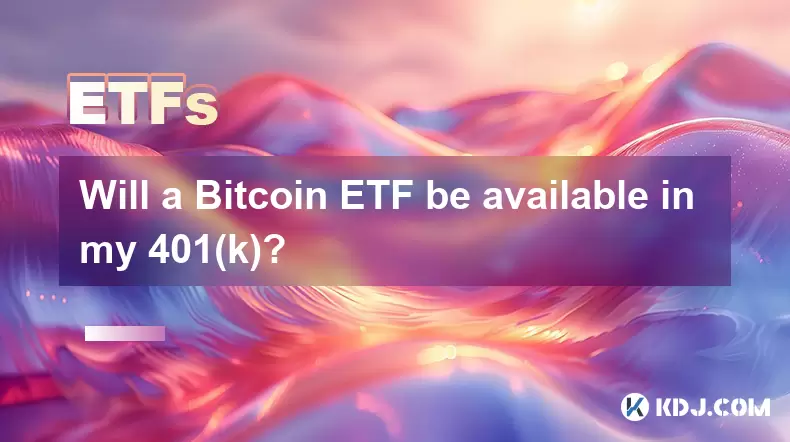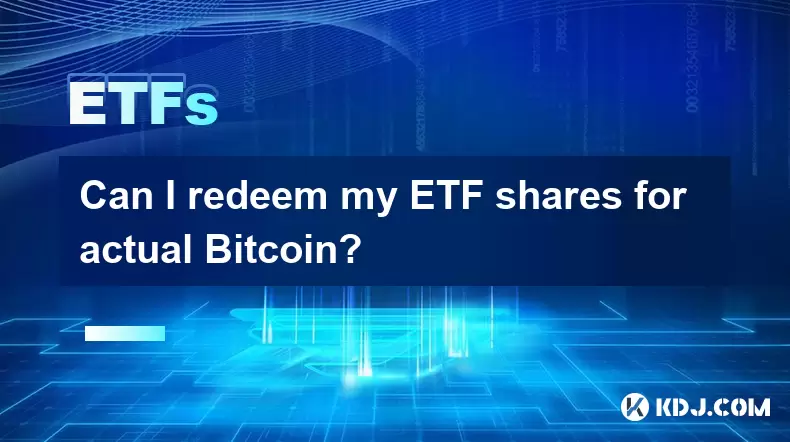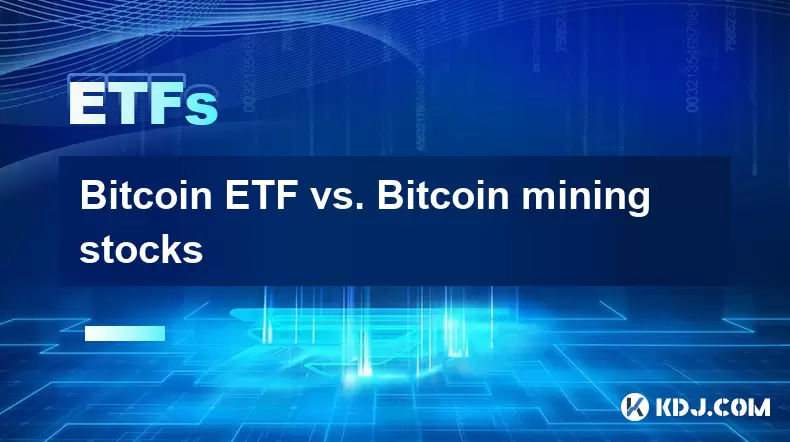-
 Bitcoin
Bitcoin $118300
-1.72% -
 Ethereum
Ethereum $3591
-0.69% -
 XRP
XRP $3.478
-3.53% -
 Tether USDt
Tether USDt $1.001
-0.01% -
 BNB
BNB $737.7
-0.54% -
 Solana
Solana $177.3
-2.40% -
 USDC
USDC $0.9999
-0.01% -
 Dogecoin
Dogecoin $0.2538
7.04% -
 TRON
TRON $0.3256
-0.85% -
 Cardano
Cardano $0.8332
-3.48% -
 Hyperliquid
Hyperliquid $44.80
-3.30% -
 Stellar
Stellar $0.4672
-6.09% -
 Sui
Sui $3.828
-5.98% -
 Chainlink
Chainlink $18.15
-3.41% -
 Hedera
Hedera $0.2655
-7.16% -
 Bitcoin Cash
Bitcoin Cash $517.5
-0.64% -
 Avalanche
Avalanche $23.89
-2.37% -
 Shiba Inu
Shiba Inu $0.00001519
-0.45% -
 UNUS SED LEO
UNUS SED LEO $8.973
0.13% -
 Toncoin
Toncoin $3.211
-2.54% -
 Litecoin
Litecoin $103.5
-3.58% -
 Polkadot
Polkadot $4.313
-3.90% -
 Uniswap
Uniswap $10.31
0.67% -
 Monero
Monero $325.4
-2.88% -
 Bitget Token
Bitget Token $5.049
3.51% -
 Ethena USDe
Ethena USDe $1.002
0.04% -
 Pepe
Pepe $0.00001346
-2.96% -
 Dai
Dai $0.9999
-0.02% -
 Aave
Aave $322.1
-2.93% -
 Bittensor
Bittensor $411.9
-4.70%
Are there any leveraged spot Bitcoin ETFs?
A leveraged spot Bitcoin ETF offers amplified exposure to Bitcoin's price via derivatives, but isn't yet approved in the U.S. due to regulatory concerns over risk and complexity.
Jul 14, 2025 at 02:22 am

What is a Leveraged Spot Bitcoin ETF?
A leveraged spot Bitcoin ETF refers to an exchange-traded fund that provides amplified exposure to the price movements of Bitcoin without requiring investors to directly own the cryptocurrency. These funds use financial derivatives and debt instruments to magnify returns — typically by 2x or 3x — on a daily basis. Unlike traditional ETFs, which mirror the underlying asset's performance one-to-one, leveraged ETFs are designed for short-term trading strategies due to their compounding effects.
The term "spot" indicates that these ETFs track the actual market price of Bitcoin rather than futures contracts. This distinction is important because spot-based products reflect real-time value changes in the underlying asset, whereas futures-based ETFs may deviate due to contango or backwardation in the futures curve.
Current Regulatory Landscape for Leveraged Bitcoin ETFs
As of now, the United States Securities and Exchange Commission (SEC) has not approved any leveraged spot Bitcoin ETFs for listing on major exchanges like NYSE or Nasdaq. The SEC has historically been cautious about approving leveraged products due to concerns over investor protection and market volatility. While non-leveraged spot Bitcoin ETFs have seen increasing regulatory scrutiny and approvals in some jurisdictions, leverage introduces additional risk, especially for retail investors unfamiliar with compounding mechanics.
In contrast, countries like Canada and Brazil have allowed the launch of leveraged crypto ETFs, including those tied to Bitcoin. These ETFs operate under local regulatory frameworks that permit higher-risk investment vehicles. However, they are generally accessible only through specific brokerage platforms outside the U.S. or via offshore brokers catering to international clients.
Differences Between Spot and Futures-Based Leveraged ETFs
It’s crucial to distinguish between spot-based and futures-based leveraged ETFs when considering exposure to Bitcoin. Spot ETFs derive their value directly from Bitcoin’s current market price, while futures-based ETFs rely on contracts that speculate on future prices.
- Futures-based ETFs may experience tracking errors due to the roll cost of expiring contracts.
- Spot ETFs offer more accurate price correlation with Bitcoin but require custodial solutions to hold actual digital assets.
- Leverage compounds daily, meaning long-term holding can result in significant deviation from Bitcoin’s cumulative return.
These differences impact how investors should approach each type of product depending on their time horizon, risk tolerance, and understanding of compounding effects.
Existing Leveraged Crypto ETFs in the Market
Although no leveraged spot Bitcoin ETFs have gained approval in the U.S., there are several leveraged crypto ETFs available globally:
- Canadian-listed leveraged ETFs: Purpose Investments and Evolve Funds Group have launched leveraged Bitcoin ETFs that use futures contracts to provide 2x daily exposure. These are available on the Toronto Stock Exchange (TSX).
- Brazilian offerings: QR Capital offers a Bitcoin ETF with leverage features, though access is limited to local investors or those using international brokers.
- European alternatives: Some European asset managers have explored synthetic ETF structures that mimic leveraged exposure using derivatives.
None of these ETFs currently offer spot-based leverage in a regulated environment accessible to most global retail investors. Investors must be aware of jurisdictional limitations and consult with financial advisors before engaging with offshore products.
Challenges in Launching Leveraged Spot Bitcoin ETFs
Several hurdles prevent the immediate launch of leveraged spot Bitcoin ETFs:
- Regulatory resistance: The SEC has expressed skepticism toward leveraged ETFs, citing risks of excessive speculation and potential manipulation.
- Custody concerns: Storing large amounts of Bitcoin securely remains a challenge for institutional players seeking ETF approval.
- Market maturity: Regulators often cite the need for a mature, liquid, and stable underlying market before approving complex products like leveraged ETFs.
- Investor education: Leveraged ETFs are inherently complex and unsuitable for passive investing, making them a focus of regulatory caution.
Until these issues are resolved or addressed through industry developments, the availability of leveraged spot Bitcoin ETFs will remain limited to select jurisdictions.
Alternatives to Leveraged Spot Bitcoin ETFs
For investors interested in gaining leveraged exposure to Bitcoin despite the lack of approved spot ETFs, alternative methods exist:
- Crypto perpetual futures: Platforms like Binance, Bybit, and BitMEX allow traders to take leveraged positions on Bitcoin using margin trading.
- Leveraged tokens: These are rebalancing tokens that automatically adjust exposure to maintain a set leverage ratio. They are offered by exchanges such as FTX and Binance.
- Derivative-linked ETPs: Some European issuers offer exchange-traded products linked to leveraged Bitcoin derivatives, though these carry counterparty risk.
Each of these alternatives comes with unique risks, including liquidation risk in margin accounts and volatility decay in leveraged tokens. Investors should thoroughly understand the mechanics before deploying capital.
Frequently Asked Questions
Q: Can I trade leveraged Bitcoin ETFs in the U.S.?
No, the U.S. does not currently have approved leveraged spot Bitcoin ETFs. Some non-leveraged Bitcoin ETFs have been approved, but leveraged versions remain under regulatory review.
Q: Are leveraged crypto ETFs risky?
Yes, leveraged ETFs are considered high-risk investments due to their daily rebalancing mechanism, which can lead to significant losses over time even if the underlying asset performs positively.
Q: How do leveraged tokens differ from leveraged ETFs?
Leveraged tokens are issued by crypto exchanges and automatically adjust their exposure to maintain a target leverage. Unlike ETFs, they are not traded on traditional stock exchanges and often carry higher fees and complexity.
Q: What happens if I hold a leveraged ETF for too long?
Holding a leveraged ETF for an extended period can result in performance divergence from the underlying asset due to compounding effects. This phenomenon, known as "volatility decay," can erode returns even in a flat or mildly trending market.
Disclaimer:info@kdj.com
The information provided is not trading advice. kdj.com does not assume any responsibility for any investments made based on the information provided in this article. Cryptocurrencies are highly volatile and it is highly recommended that you invest with caution after thorough research!
If you believe that the content used on this website infringes your copyright, please contact us immediately (info@kdj.com) and we will delete it promptly.
- TRX vs. RTX: Will Remittix Overtake Tron as the Altcoin to Watch in 2025?
- 2025-07-19 17:30:12
- Bitcoin, Nexchain, and Presales: What's Hot in the Crypto Space?
- 2025-07-19 16:30:12
- Presales, ICOs, and 100x Returns: Navigating the Crypto Landscape in 2025
- 2025-07-19 16:30:12
- Binance, Yooldo Games, and Tokens: Navigating the GameFi Landscape
- 2025-07-19 16:50:12
- Floki Inu, Meme Frenzy, and the Rise of AI Platforms: A New Era?
- 2025-07-19 16:50:12
- Dogecoin, Trader Interest, and the 2025 Meme Coin Landscape
- 2025-07-19 17:30:12
Related knowledge

What is the best platform to trade Bitcoin ETFs?
Jul 17,2025 at 03:50pm
Understanding Bitcoin ETFs and Their Role in the MarketBitcoin Exchange-Traded Funds (ETFs) are investment vehicles that track the price of Bitcoin wi...

Will a Bitcoin ETF be available in my 401(k)?
Jul 17,2025 at 10:42pm
What is a Bitcoin ETF?A Bitcoin ETF (Exchange-Traded Fund) is an investment vehicle that tracks the price of Bitcoin without requiring investors to di...

Who is the authorized participant for a Bitcoin ETF?
Jul 18,2025 at 12:42am
Understanding the Role of Authorized Participants in Bitcoin ETFsIn the context of Bitcoin Exchange-Traded Funds (ETFs), an authorized participant (AP...

Can I redeem my ETF shares for actual Bitcoin?
Jul 17,2025 at 03:14pm
Understanding ETF Shares and Their Relation to BitcoinExchange-Traded Funds (ETFs) have become a popular investment vehicle for those looking to gain ...

Bitcoin ETF vs. Bitcoin mining stocks
Jul 18,2025 at 04:08pm
What is a Bitcoin ETF?A Bitcoin Exchange-Traded Fund (ETF) is an investment vehicle that tracks the price of Bitcoin and trades on traditional stock e...

Can retail investors buy Bitcoin ETFs?
Jul 17,2025 at 12:50pm
What is a Bitcoin ETF?A Bitcoin Exchange-Traded Fund (ETF) is an investment vehicle that tracks the price of Bitcoin and trades on traditional stock e...

What is the best platform to trade Bitcoin ETFs?
Jul 17,2025 at 03:50pm
Understanding Bitcoin ETFs and Their Role in the MarketBitcoin Exchange-Traded Funds (ETFs) are investment vehicles that track the price of Bitcoin wi...

Will a Bitcoin ETF be available in my 401(k)?
Jul 17,2025 at 10:42pm
What is a Bitcoin ETF?A Bitcoin ETF (Exchange-Traded Fund) is an investment vehicle that tracks the price of Bitcoin without requiring investors to di...

Who is the authorized participant for a Bitcoin ETF?
Jul 18,2025 at 12:42am
Understanding the Role of Authorized Participants in Bitcoin ETFsIn the context of Bitcoin Exchange-Traded Funds (ETFs), an authorized participant (AP...

Can I redeem my ETF shares for actual Bitcoin?
Jul 17,2025 at 03:14pm
Understanding ETF Shares and Their Relation to BitcoinExchange-Traded Funds (ETFs) have become a popular investment vehicle for those looking to gain ...

Bitcoin ETF vs. Bitcoin mining stocks
Jul 18,2025 at 04:08pm
What is a Bitcoin ETF?A Bitcoin Exchange-Traded Fund (ETF) is an investment vehicle that tracks the price of Bitcoin and trades on traditional stock e...

Can retail investors buy Bitcoin ETFs?
Jul 17,2025 at 12:50pm
What is a Bitcoin ETF?A Bitcoin Exchange-Traded Fund (ETF) is an investment vehicle that tracks the price of Bitcoin and trades on traditional stock e...
See all articles

























































































